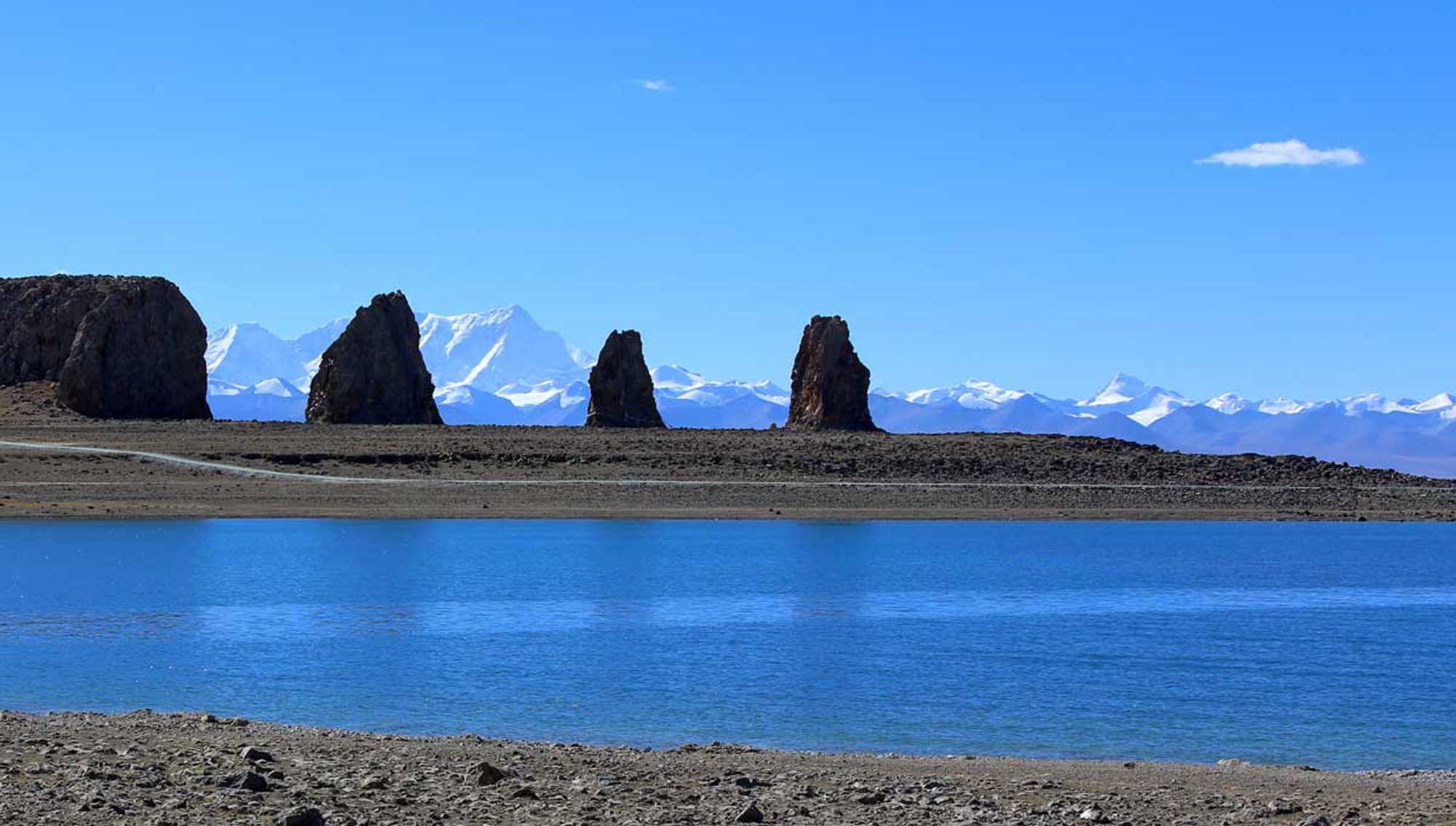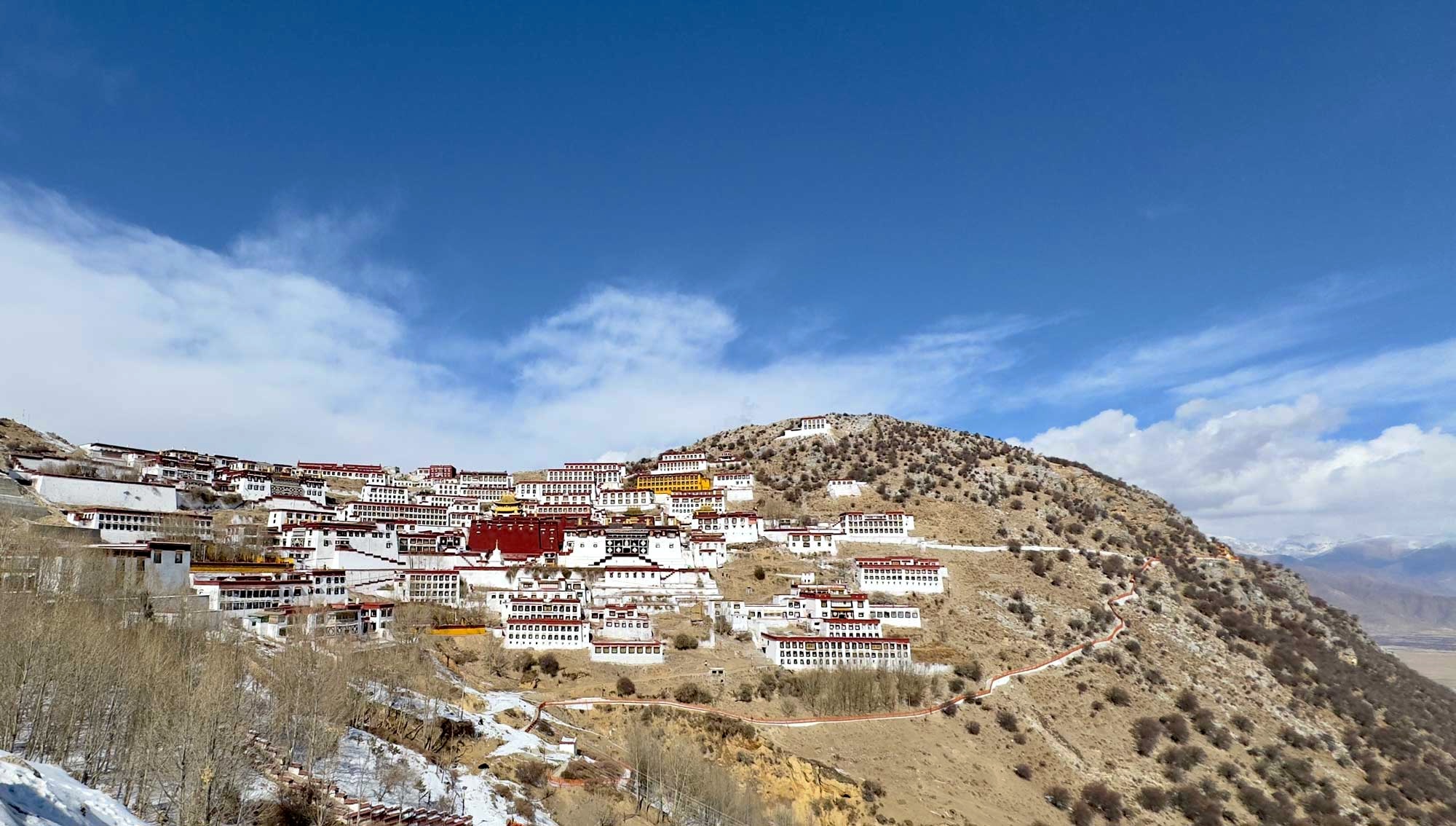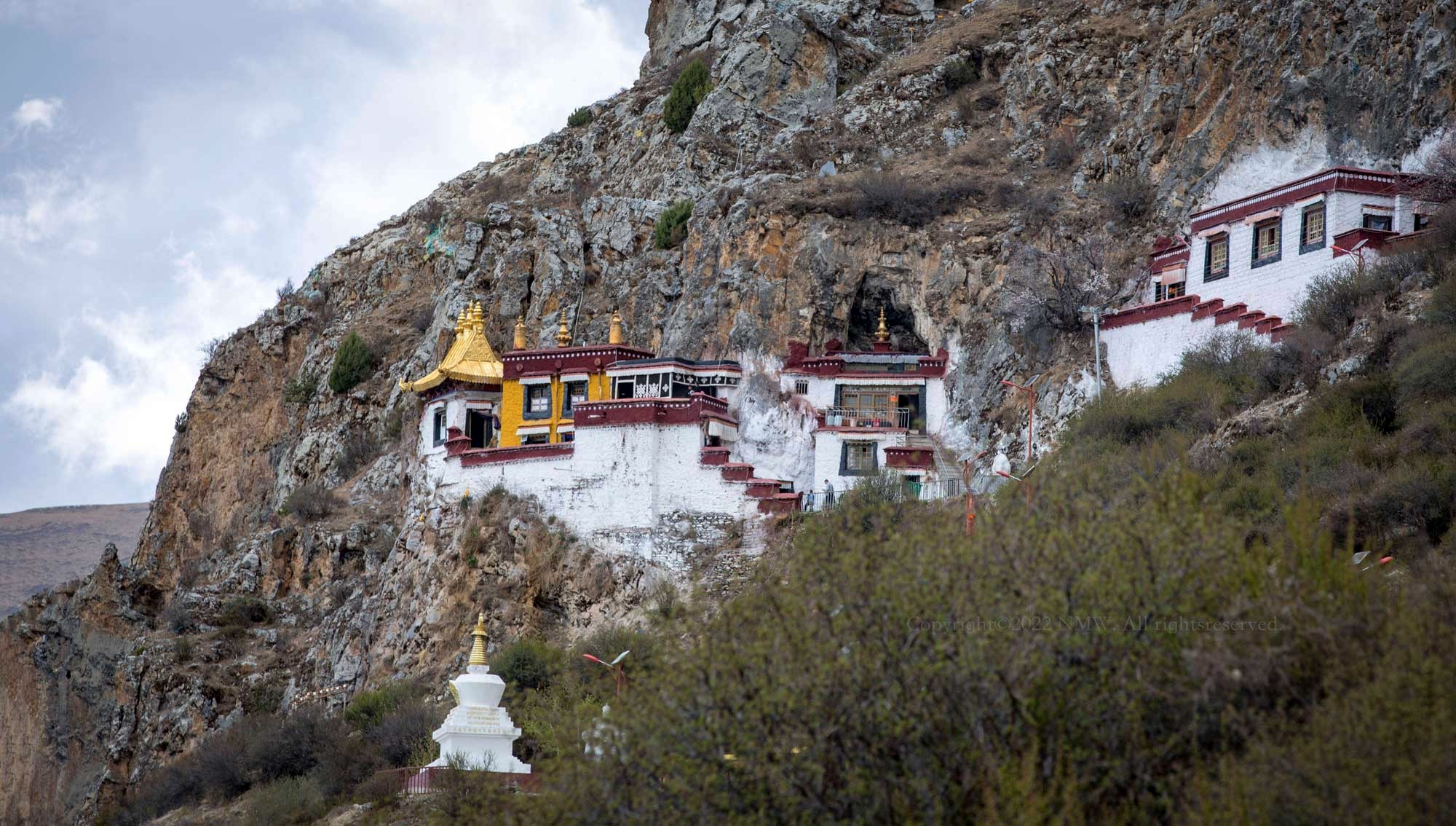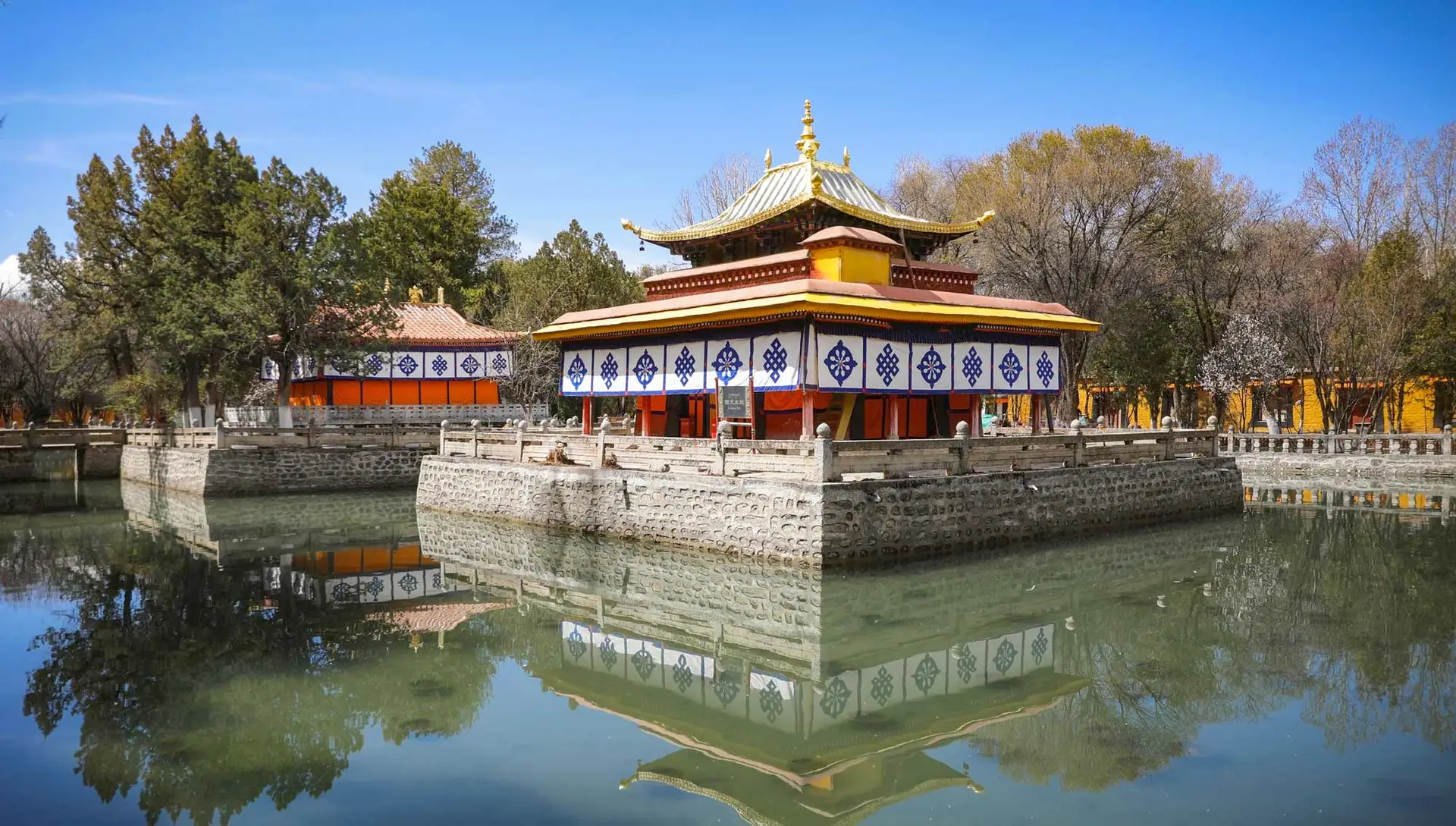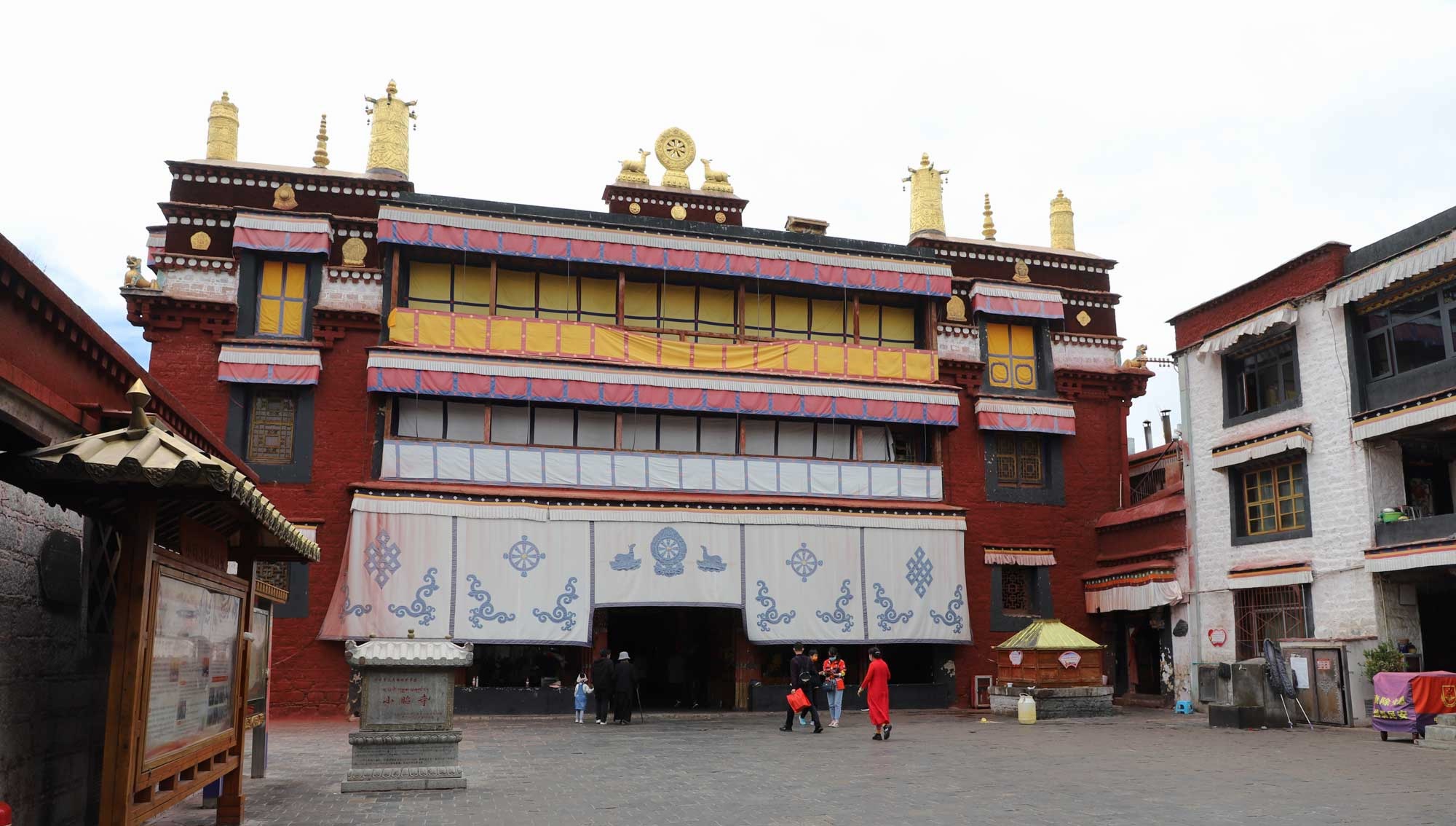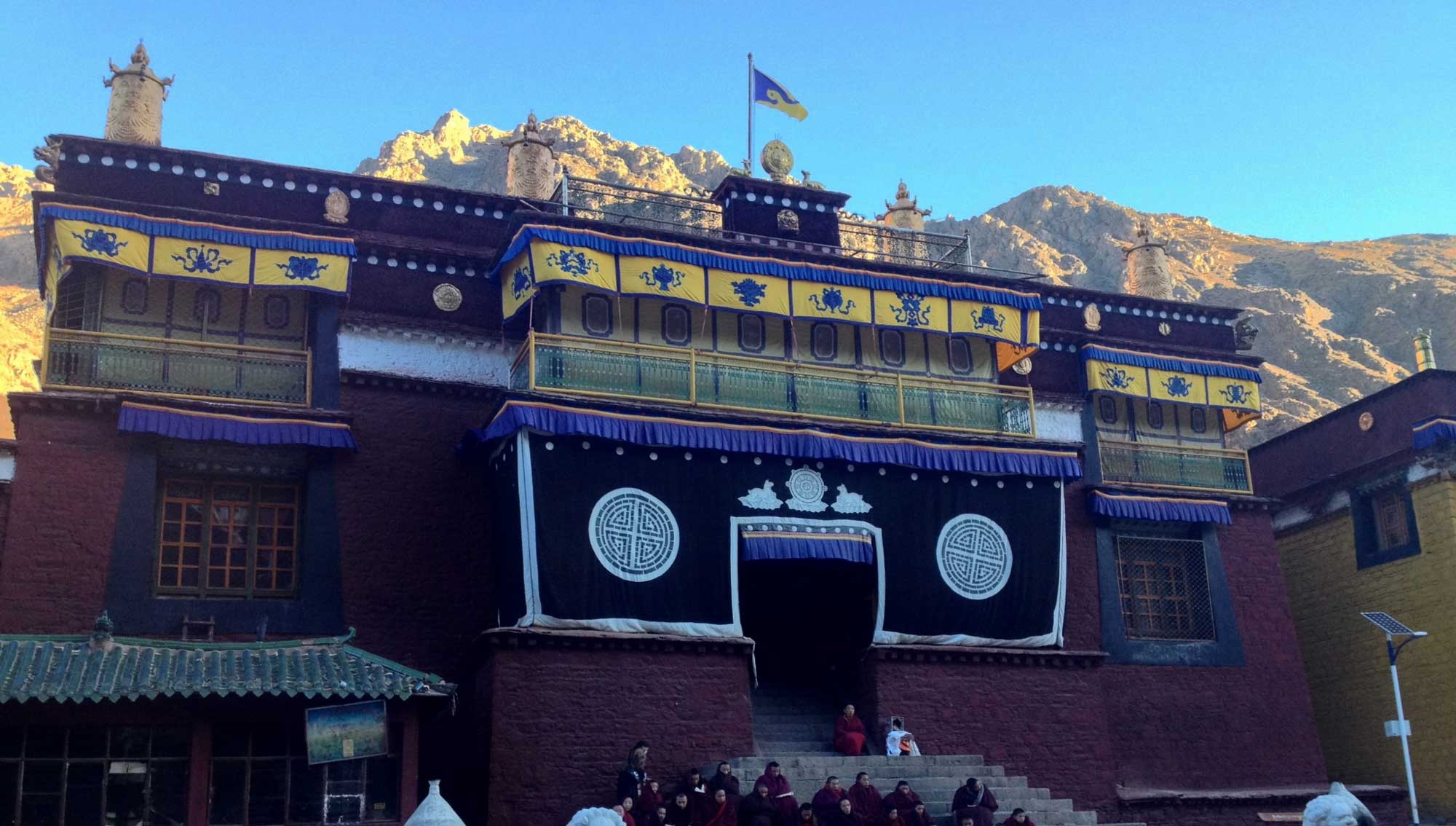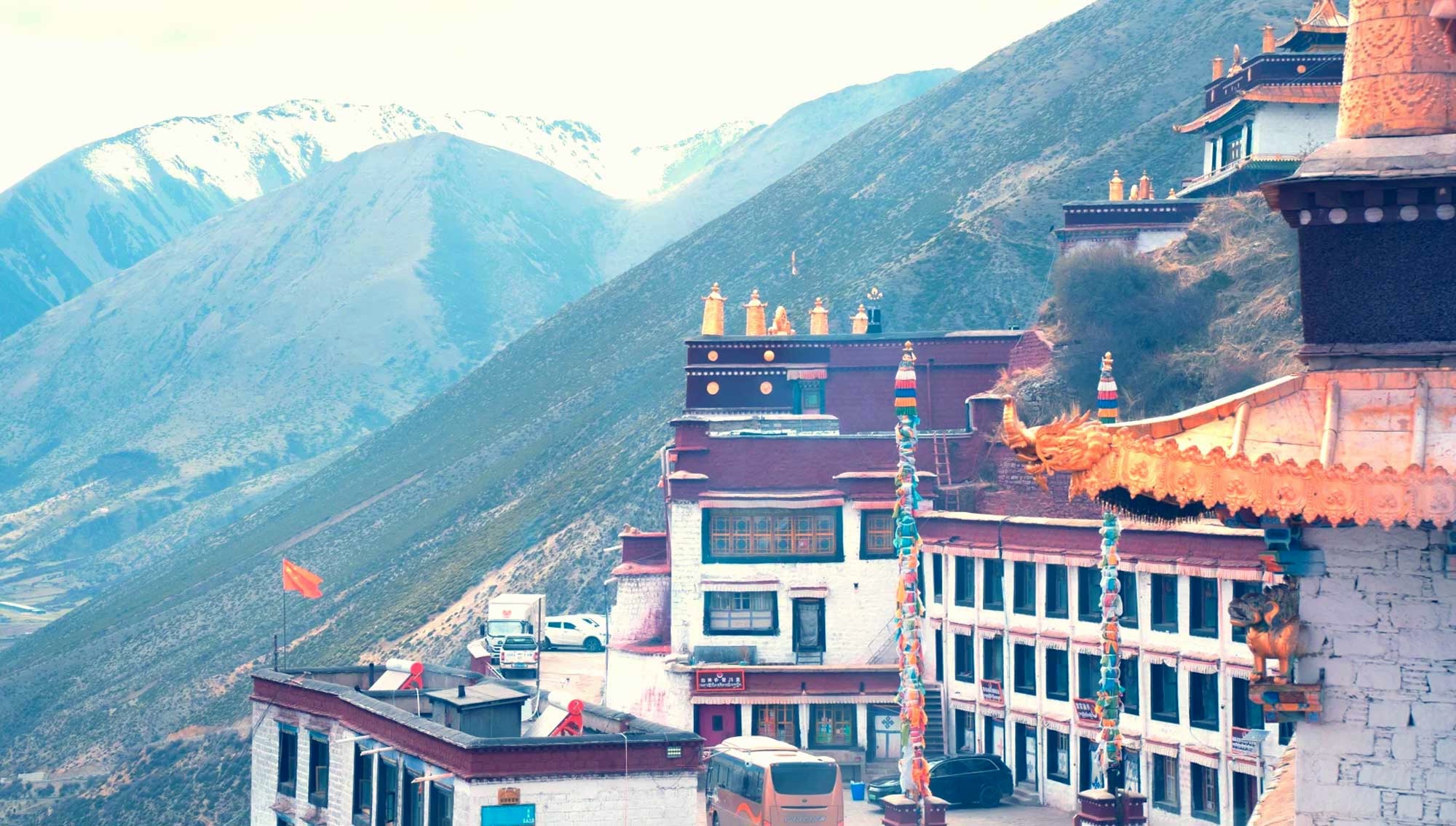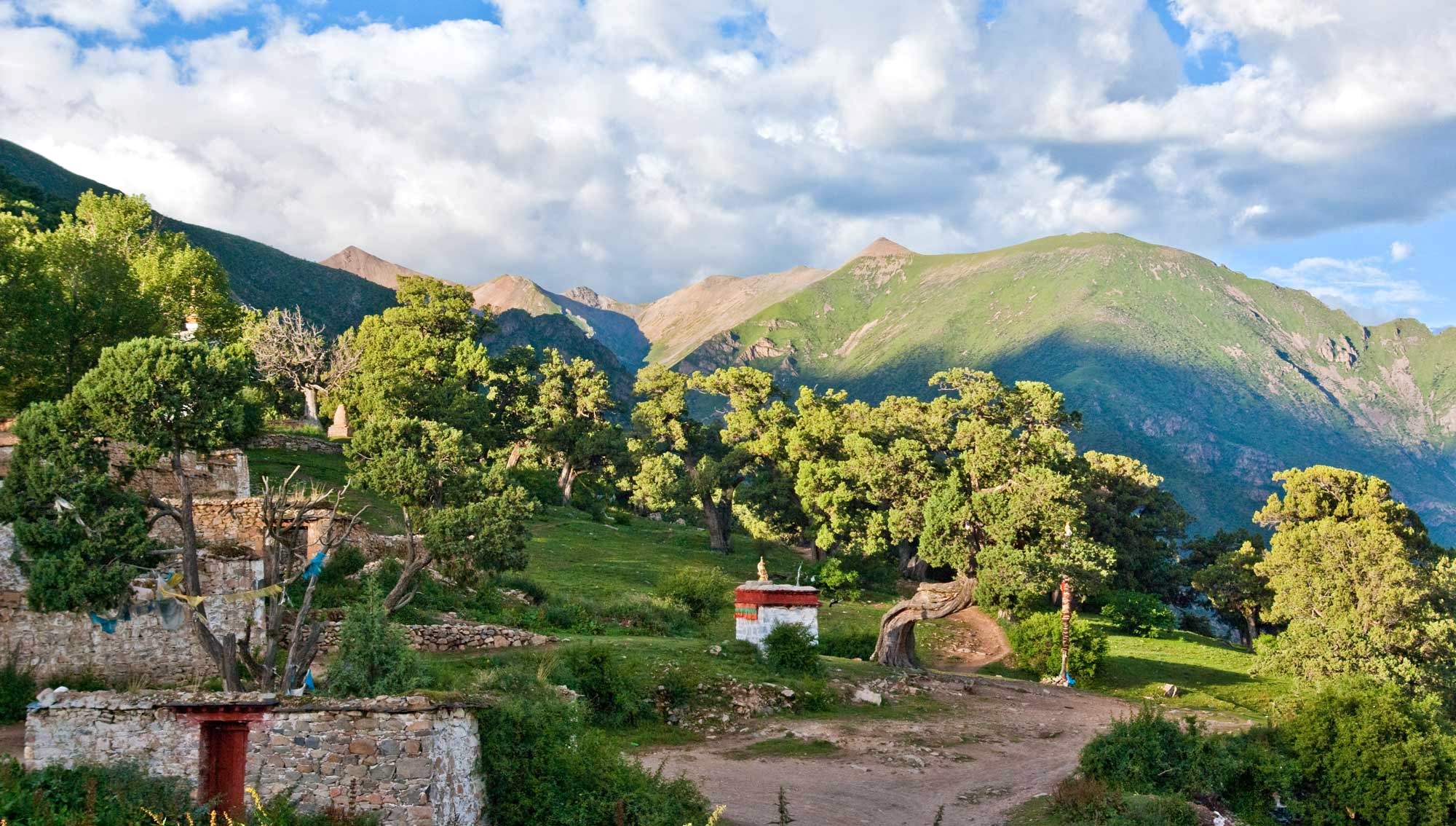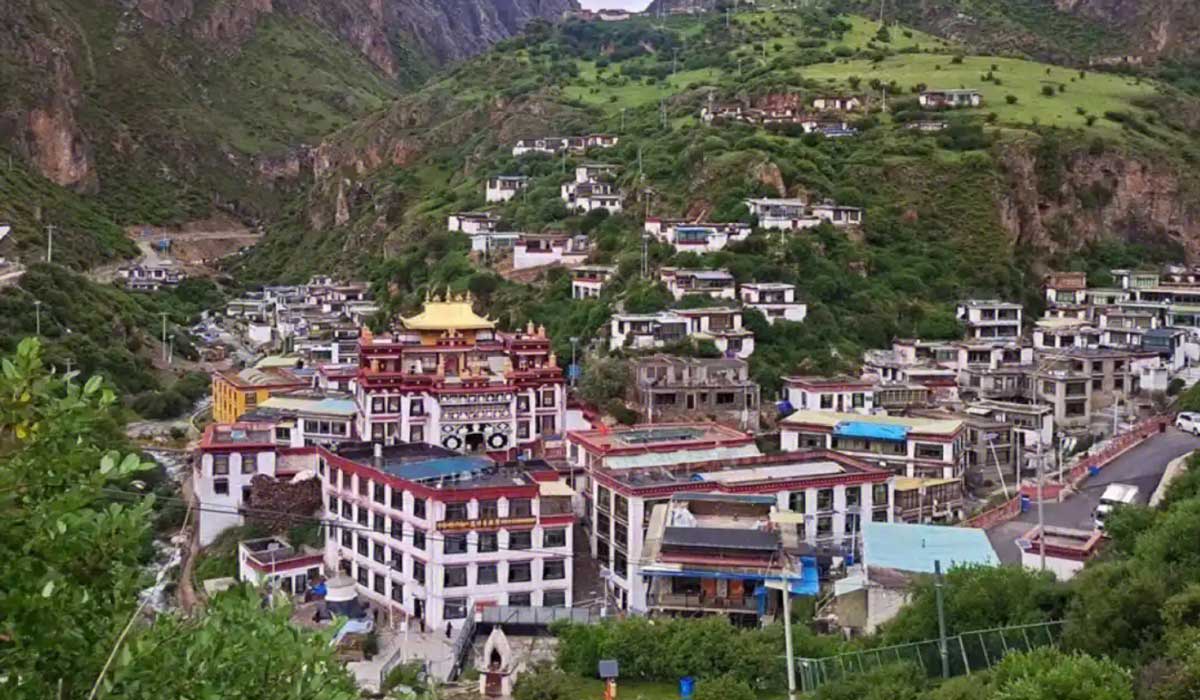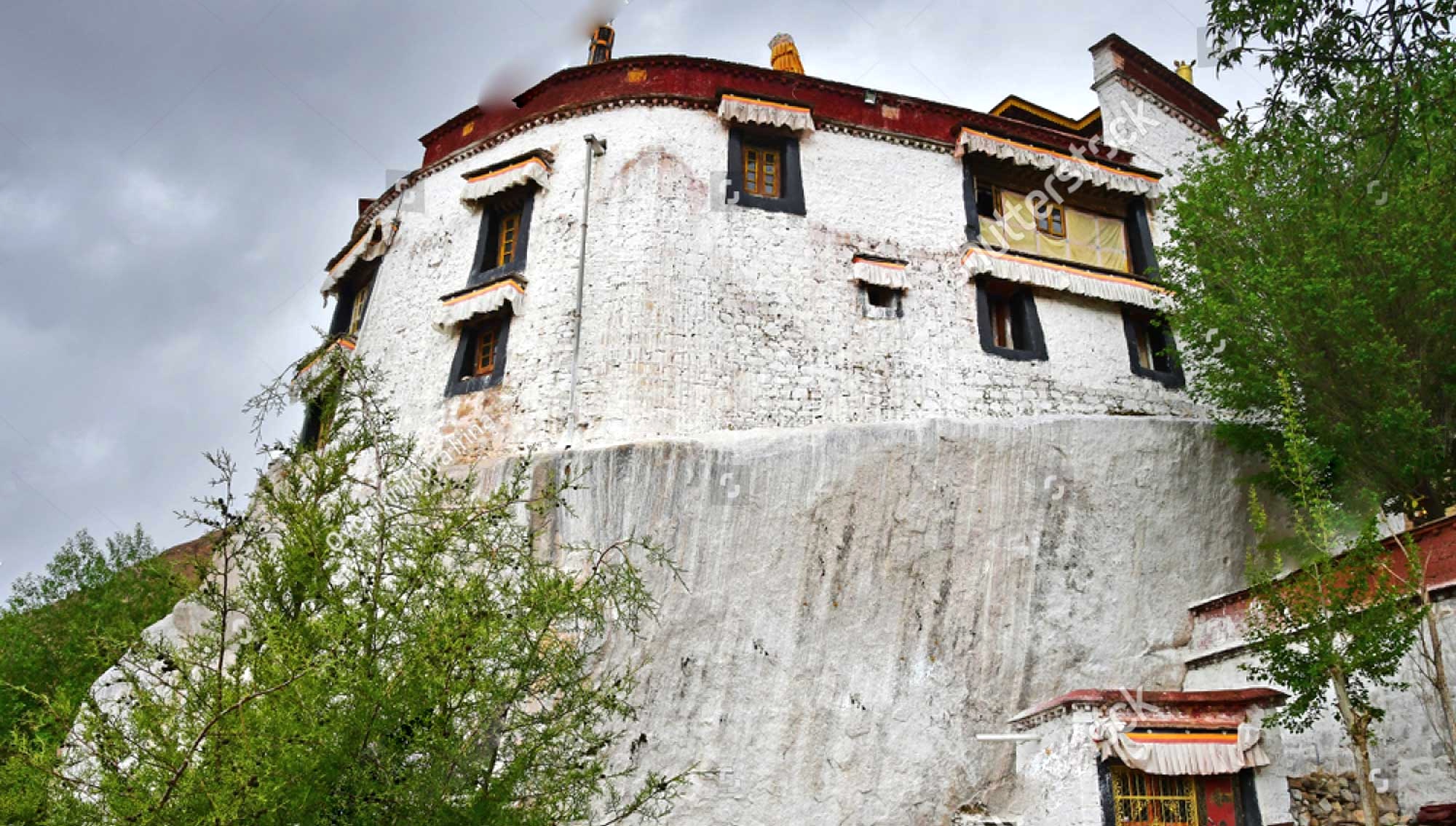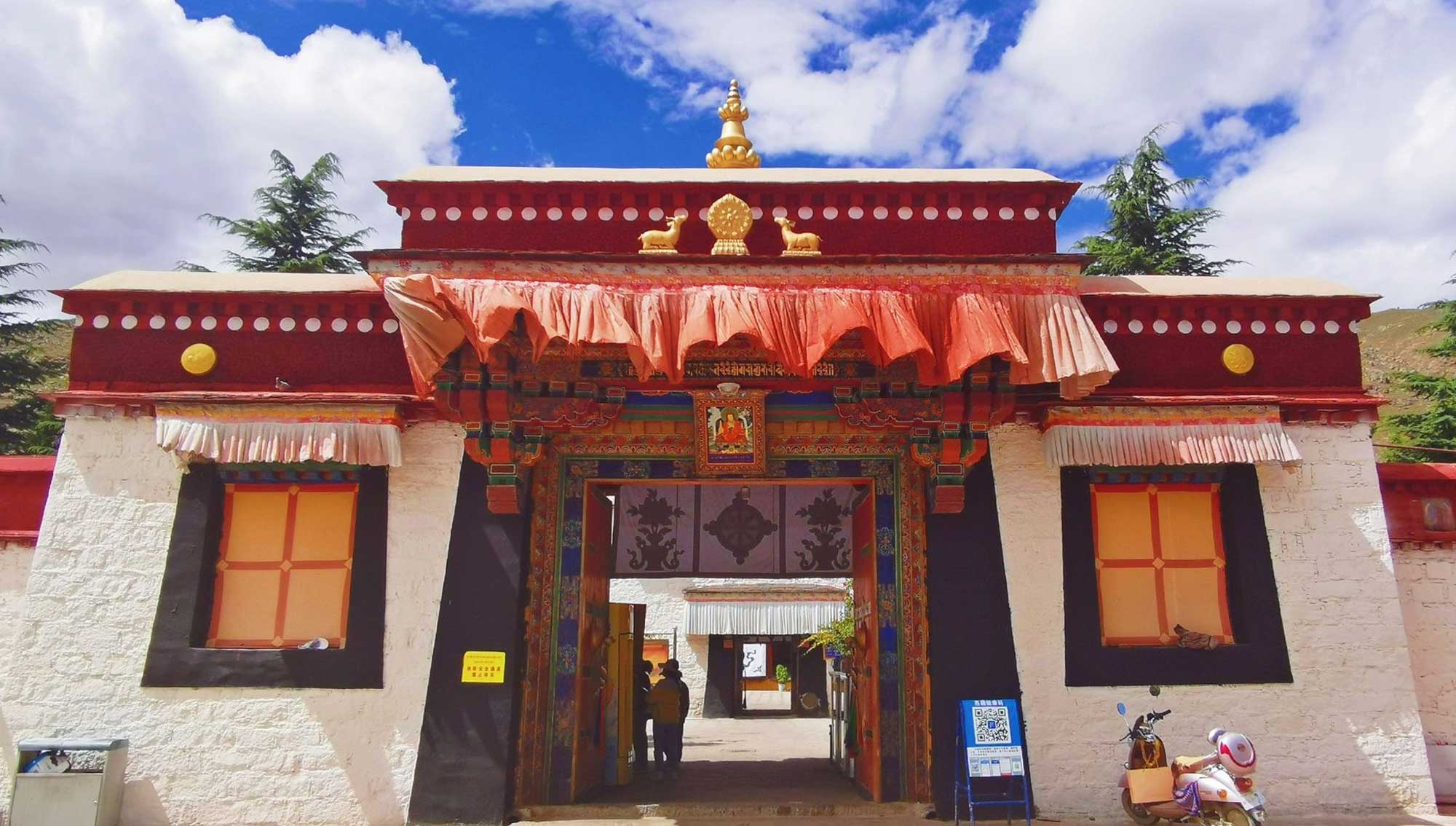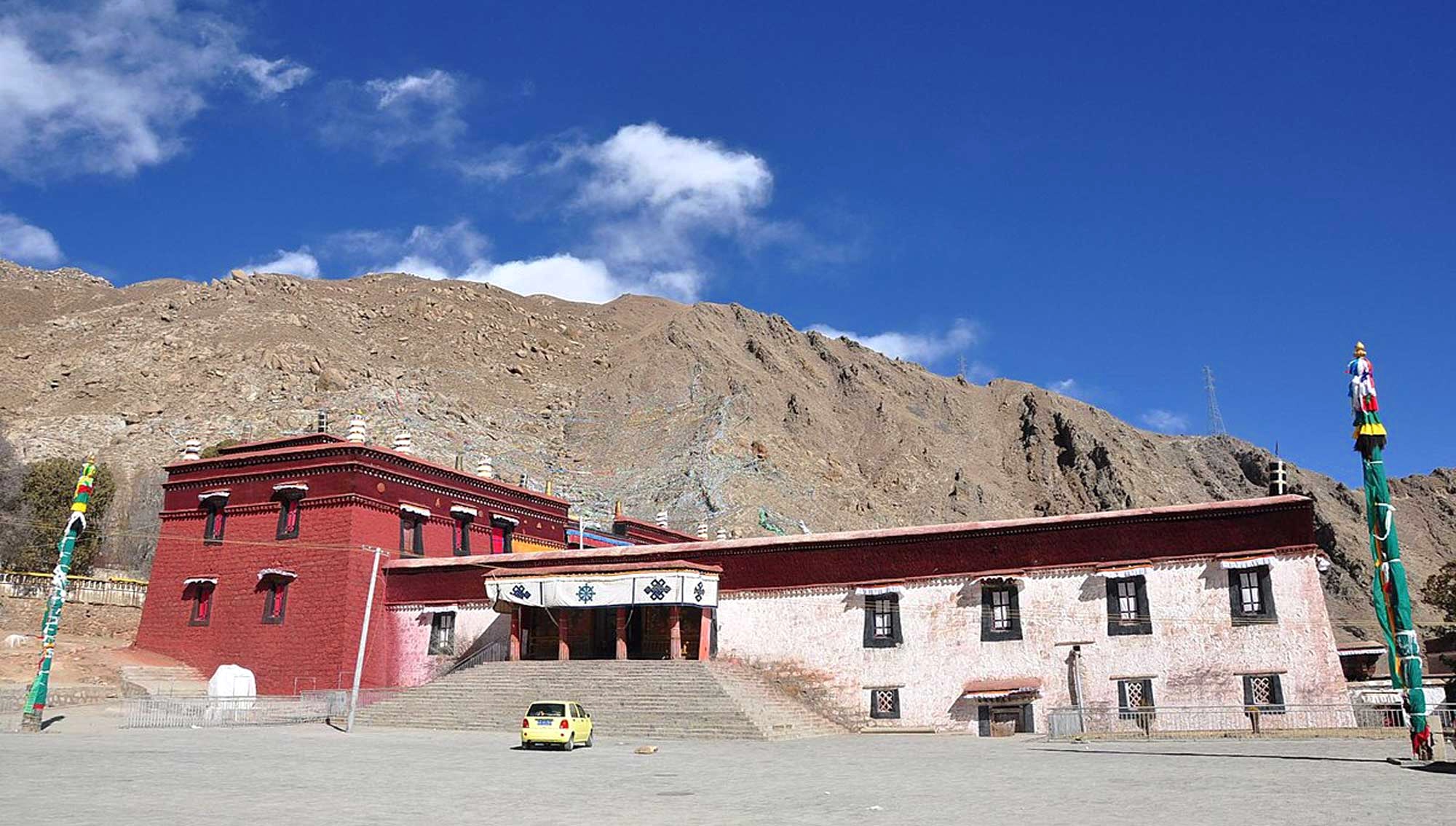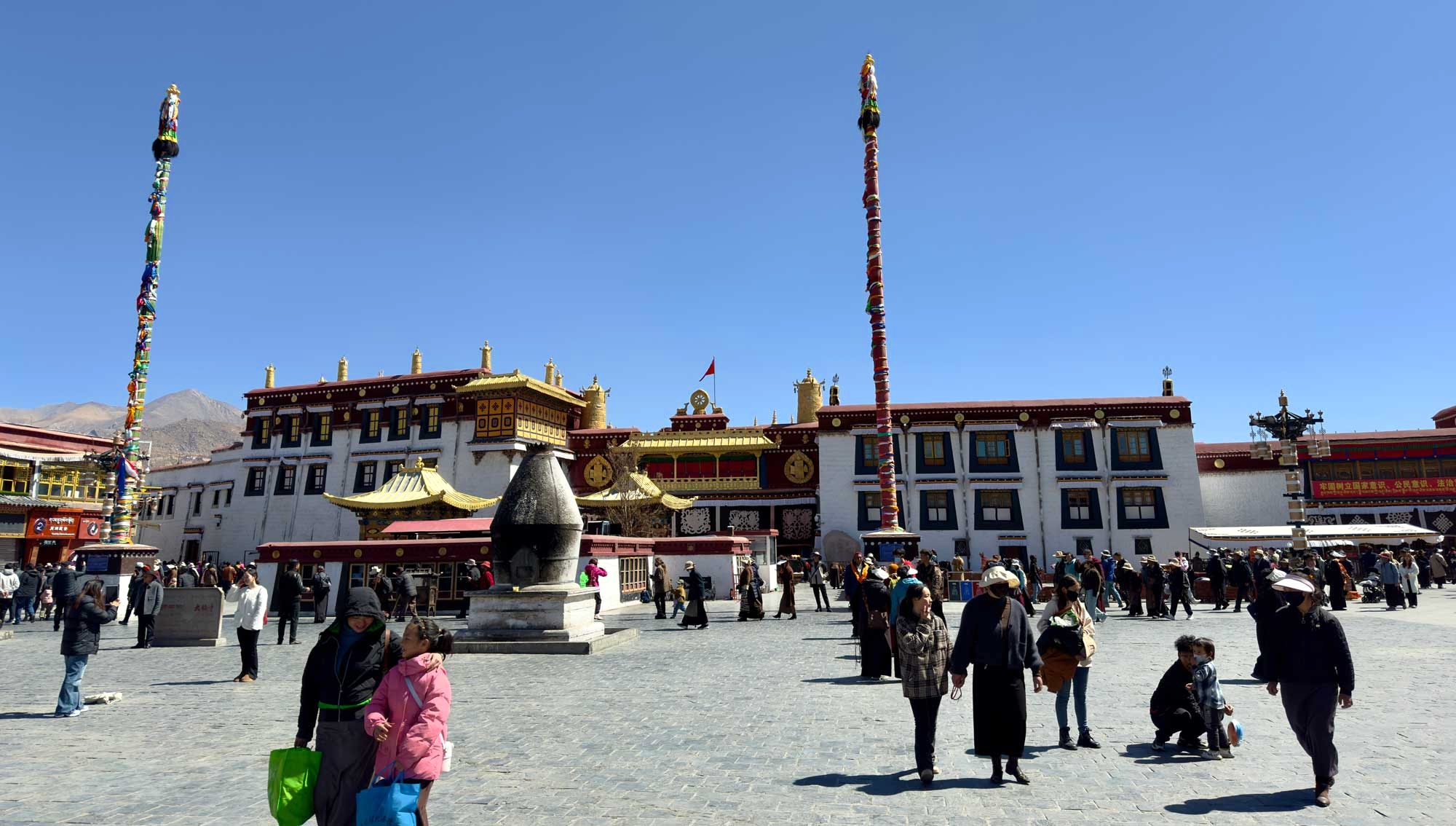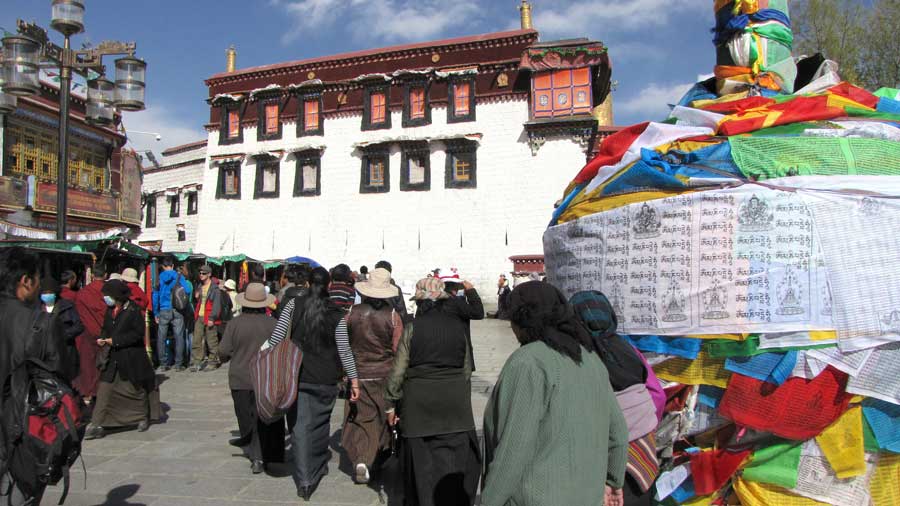
Shubsheb Nunnery Travel Guide and Tips: A Hidden Tibetan Sanctuary
Located in the tranquil mountains south of Lhasa, Shubsheb Nunnery is a sacred retreat for Tibetan Buddhist nuns and a remarkable destination for travelers seeking an off-the-beaten-path spiritual experience. As one of the oldest and most significant nunneries in Tibet, it offers visitors an insight into the daily lives of Buddhist nuns, ancient meditation practices, and stunning Himalayan landscapes.
This Shubsheb Nunnery travel guide and tips will provide all the essential details you need to plan your visit, including historical background, must-see attractions, travel logistics, and practical advice to ensure a meaningful journey.
Why Visit Shubsheb Nunnery?
1. Spiritual and Cultural Significance
Founded centuries ago, Shubsheb Nunnery has been a vital center for female Buddhist practitioners in Tibet. The nunnery is known for its deep devotion to Buddhist teachings and its contribution to preserving Tibetan spiritual traditions. Visitors can observe prayer rituals, meditation sessions, and the serene monastic lifestyle.
2. A Peaceful Escape from the City
Unlike larger monasteries that attract numerous tourists, Shubsheb Nunnery remains a quiet sanctuary where visitors can truly connect with Tibetan Buddhism and enjoy solitude away from bustling city life.
3. Breathtaking Natural Surroundings
Situated at an altitude of approximately 4,300 meters (14,100 feet), the nunnery is surrounded by rolling hills, dramatic cliffs, and sacred caves used for meditation. The scenic views and fresh mountain air make this an ideal location for hiking, photography, and spiritual reflection.
4. Rare Opportunity to Observe Tibetan Buddhist Nuns
Shubsheb Nunnery offers a unique perspective on Tibetan monastic life, as most visitors to Tibet are more familiar with male-dominated monasteries. The nuns here are dedicated to intense spiritual study, prayer, and meditation, providing an inspiring and authentic experience.
Best Time to Visit Shubsheb Nunnery
The best time to visit is from April to October, when the weather is more favorable, and the trails leading to the nunnery are accessible.
Seasonal Breakdown:
Spring (April-May): Clear skies and blooming flowers enhance the beauty of the landscape.
Summer (June-August): Warm temperatures, though occasional rain showers are possible.
Autumn (September-October): Crisp air and golden hues make this the best season for trekking and sightseeing.
Winter (November-March): Snowfall can create picturesque scenery, but temperatures are harsh, and access may be difficult.
How to Get to Shubsheb Nunnery
1. From Lhasa
Shubsheb Nunnery is approximately 65 km south of Lhasa. The journey takes around 2-3 hours by car or a longer trek for adventure enthusiasts.
2. Transportation Options:
Private Car or Tour: The most convenient option is to hire a vehicle and driver through a tour agency.
Public Transport: Limited bus services may be available to nearby villages, but additional trekking or hiring a local driver is required.
Trekking: Some visitors prefer a scenic trek from the nearest accessible road, immersing themselves in the landscape.
3. Permits and Entry Requirements
Foreign travelers in Tibet must obtain a Tibet Travel Permit, which can only be arranged through a registered travel agency. Additional permits may be required for trekking routes around the nunnery.
Top Attractions at Shubsheb Nunnery
1. Main Prayer Hall
The heart of the nunnery is its prayer hall, where nuns chant scriptures, conduct rituals, and engage in meditation. The hall is decorated with Buddhist statues, thangkas (Tibetan paintings), and ancient scriptures.
2. Meditation Caves
Several sacred caves near the nunnery have been used for centuries by Tibetan nuns and spiritual masters for deep meditation. Visitors can explore these caves and witness the dedication of Buddhist practitioners.
3. Pilgrimage Kora Trail
A traditional pilgrimage kora (circumambulation path) surrounds the nunnery, allowing visitors to spin prayer wheels, view religious murals, and enjoy spectacular mountain views.
4. Local Festivals and Buddhist Ceremonies
If you visit during Tibetan Buddhist festivals, you may witness special chanting rituals, prayer flag blessings, and religious ceremonies led by the nuns.
Accommodation Options
Shubsheb Nunnery does not have tourist accommodations, so most visitors stay in Lhasa and visit as a day trip. However, nearby villages may offer basic guesthouses for an immersive rural experience.
Recommended Hotels in Lhasa:
St. Regis Lhasa Resort – A luxurious stay with Tibetan-inspired decor.
Shangri-La Hotel, Lhasa – A comfortable, modern hotel with excellent amenities.
House of Shambhala – A boutique hotel offering an authentic Tibetan atmosphere.
Yak Hotel – A budget-friendly option for travelers looking for simplicity and affordability.
Essential Shubsheb Nunnery Travel Guide and Tips
1. Acclimatization and Altitude Sickness
At over 4,300 meters (14,100 feet) above sea level, altitude sickness can be a concern. To avoid discomfort:
Spend at least 2-3 days in Lhasa before heading to Shubsheb Nunnery.
Drink plenty of water and avoid alcohol and strenuous activities upon arrival.
Walk slowly and take breaks when hiking.
Carry altitude sickness medication if needed.
2. Packing Essentials
Warm Clothing: Even in summer, nights can be very cold.
Sunscreen & Sunglasses: The high-altitude sun is intense.
Comfortable Hiking Shoes: Essential for exploring the surrounding trails.
Cash: Limited ATMs or card payment options in remote areas.
Snacks & Water: Limited food options near the nunnery.
3. Respect Local Customs
Always walk clockwise around religious sites and prayer wheels.
Photography: Ask for permission before taking pictures inside the nunnery.
Dress modestly and remove hats before entering sacred areas.
Avoid touching religious artifacts and be respectful of nuns in prayer.
4. Road Conditions and Safety
The roads leading to Shubsheb Nunnery can be rugged and steep, particularly in winter. Hiring an experienced driver is recommended to ensure a safe journey.
Conclusion
Shubsheb Nunnery is a hidden spiritual sanctuary that offers a rare glimpse into Tibetan Buddhist nun life, sacred meditation sites, and awe-inspiring landscapes. Whether you are interested in religious traditions, trekking, or seeking a peaceful retreat, this nunnery provides an enriching and unforgettable experience.
By following this Shubsheb Nunnery travel guide and tips, you can ensure a smooth and respectful journey to one of Tibet’s most secluded and serene monastic sites. Plan ahead, embrace the tranquility, and immerse yourself in the beauty and spirituality of Shubsheb Nunnery.
Attractions Nearby
Namtso Lake, a sacred Tibetan site, offers breathtaking views, crystal-clear waters, and serene high-altitude beauty…
Ganden Monastery, perched on a mountain, offers stunning views, rich history, and deep Tibetan Buddhist significance.
Drak Yerpa, a sacred Tibetan retreat, features ancient caves, stunning landscapes, and spiritual tranquility for pilgrims…
Norbulingka, the Dalai Lama’s summer palace, boasts beautiful gardens, rich Tibetan culture, and historical significance.
Ramoche Temple, a sacred Lhasa site, features intricate Tibetan architecture and revered Buddhist relics and statues…
Tsurphu Monastery, a spiritual center, offers stunning landscapes, ancient Tibetan architecture, and deep religious significance…
Drigung Til Monastery, renowned for its scenic beauty, offers profound spiritual significance and stunning Tibetan architecture…
Reting Monastery, a historic Tibetan site, features rich religious heritage, peaceful surroundings, and stunning mountain views…
Tidrum Nunnery, a peaceful retreat, offers spiritual solitude, beautiful landscapes, and a deep connection to Tibetan Buddhism…
Shugsheb Nunnery, a serene Tibetan retreat, blends spiritual tranquility, stunning views, and deep Buddhist cultural heritage…
Pabonka Monastery, one of Tibet’s oldest, offers profound spiritual significance, stunning views, and rich historical heritage.
Nyethang Drolma Temple, a sacred Tibetan site, offers spiritual serenity, beautiful architecture, and deep Buddhist significance…
Nechung Monastery, a sacred Tibetan site, is known for its oracle traditions, stunning views, and spiritual significance…
Potala Palace, Lhasa’s iconic landmark, showcases stunning architecture, rich history, and profound spiritual significance…
Jokhang Temple, Lhasa’s spiritual heart, is a sacred pilgrimage site with rich Tibetan Buddhist heritage…
Sera Monastery, Lhasa’s renowned Buddhist center, offers captivating debates, ancient teachings, and stunning Tibetan architecture…
Drepung Monastery, one of Tibet’s largest, offers rich history, stunning architecture, and deep spiritual significance…
Stroll Barkhor Street, Lhasa’s vibrant hub of culture, spirituality, bustling markets, traditional crafts, and sacred ambiance.
Offers to inspire you
5 Day-Trip to Lhasa City
Making it an unmissable destination for travelers seeking to trip to Lhasa city and explore the essence of Tibet.
7 Day-Lhasa & Shigatse Cultural Exploration
Travel through Tibet’s breathtaking landscapes.

